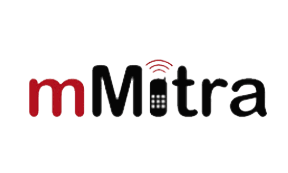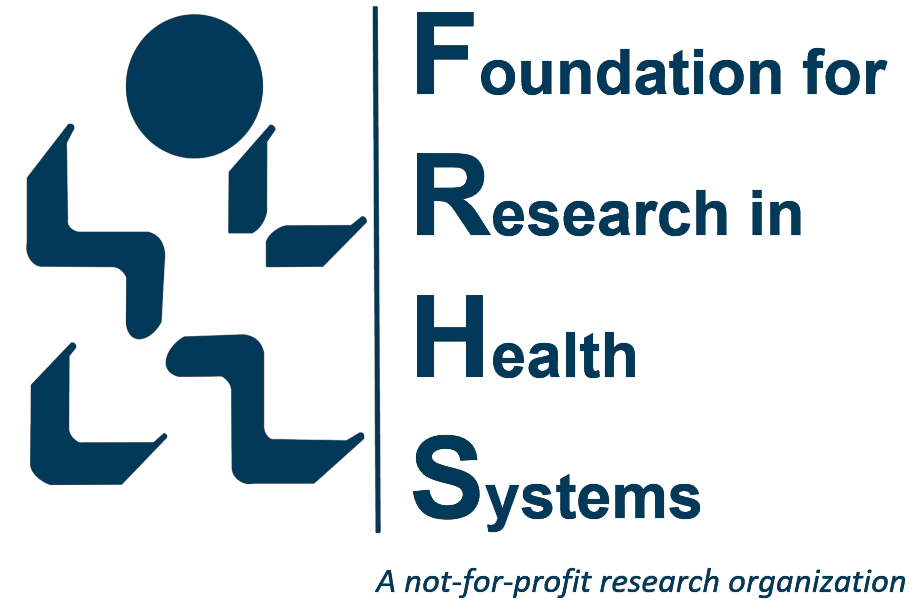Information System & HMIS

Information System involve deploying and testing new ICT technologies to facilitate efficient gathering and use of data by program managers.
M&E Activities to Strengthen Kala Azar Elimination Programme
FRHS has provided techno-managerial support to the National Vector Borne Disease Control Program (NVBDCP), Ministry of Health, Government of India, in three key components:
- Strengthening of M&E in the 4 endemic states, and
- Capacity Building of health care personnel in in early case detection, prompt referral, diagnosis and treatment support through the KalaCore programme
- Participate in the project evaluation, both qualitative and quantitative.
Impact of mHealth Message Service (mMitra)
Recognizing the tremendous potential mobile phone has to reach the population to improve their knowledge and treatment seeking behaviour, the Mobile Alliance for Maternal Action (MAMA) [2011-2014] aimed to improve the health and wellbeing of pregnant women and their new-born’s through age and stage-based messages delivered via mobile phone.
The MAMA Indian chapter, in partnership with ARMMAN, delivers mobile messaging service called mMitra, which aims to help pregnant women in urban slum areas to improve self-care and treatment during pregnancy and infant care aims to drive appropriate changes in behaviour of women and their family members especially to reduce anaemia among women and low birth weight among new-borne. FRHS did the impact evaluation of mMitra, using prospective cohort approach. The study enrolled…


Designing and Implementing Integrated HMIS in Urban Health Initiative
The project aimed at significantly improving the contraceptive prevalence in slums of 11 districts in Uttar Pradesh by increasing the number of service facilities including commercial outlets, expanding contraceptive choice to clients, improving service quality, strengthening communication program, and appointing peer educators to motivate and support those wanting to accept contraceptive methods. The project included a strong monitoring and evaluation component to provide timely data to project managers to help in data based decision making.

